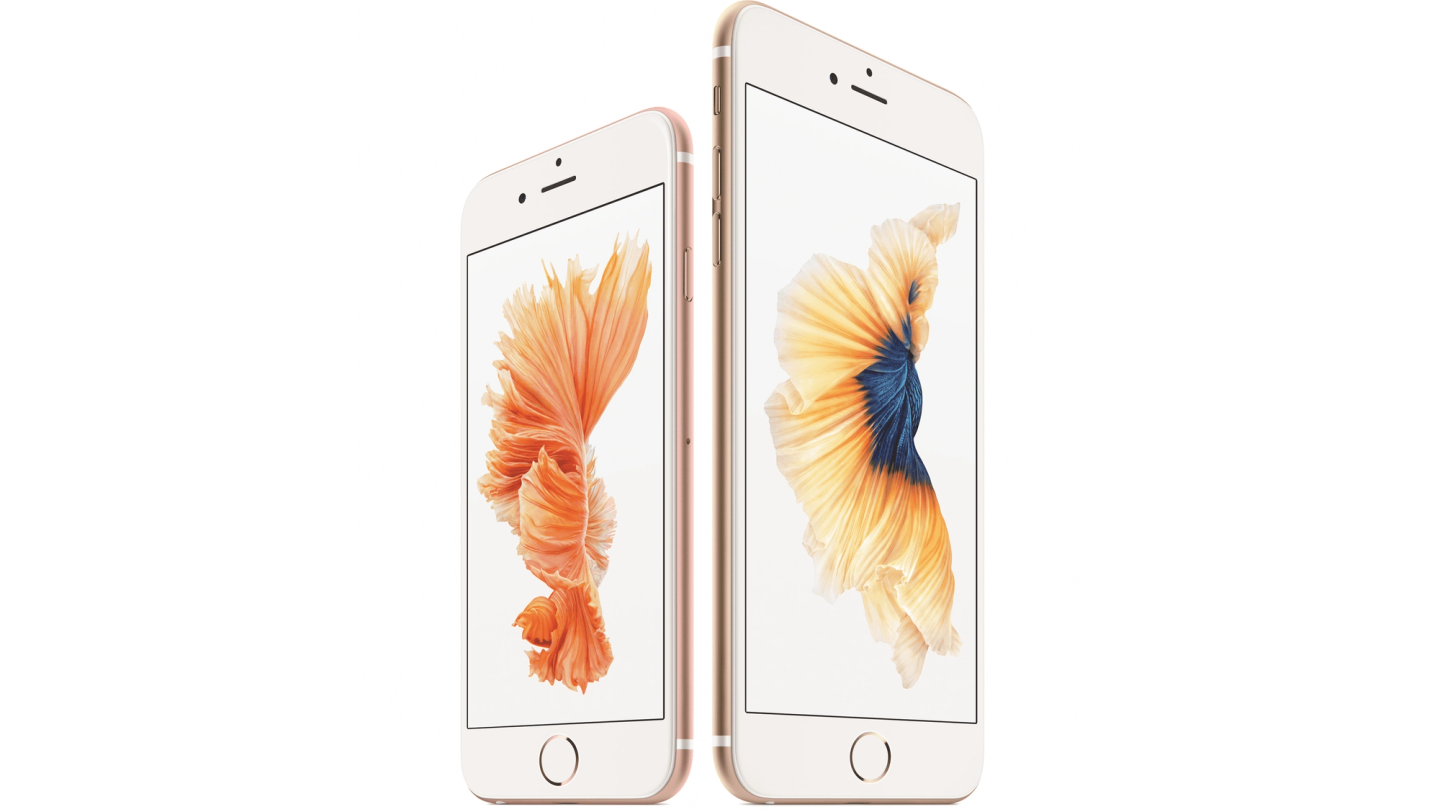

The iPhone at 10 years old: A visual history
We chart the rise of the world’s bestselling smartphone
Words: Henry St Leger
1 billion sold worldwide. One sold on eBay every second. And there’s one probably in your hand right now. How on earth did the iPhone become so ubiquitous?
Treading a fine line between cult status and mass appeal, the iPhone has managed to become both an essential and aspirational item, to the extent that consumers camp out for days for the privilege of buying one on launch day. Annual upgrades have kept it always on par, if not ahead of the competition, while advancements in its in-built cameras have inspired a generation of budding photographers and bloggers.
When first launched in 2007, sections of the press were calling it ‘the Jesus phone’
With 2017 marking the 10-year anniversary of the original iPhone, all eyes are on Apple to unveil a handset befitting of the occasion. There have been plenty of leaks and speculation about the upcoming iPhone 8, releasing later this year; while we wait for an official update, our timeline below will run you through the major tweaks and changes of each iPhone iteration.
Where it all began. Then-CEO Steve Jobs had toyed with the idea of implementing a multi-touch interface and virtual keyboard for Apple computers, eventually using the technology in this pioneering ‘omni-tool’ smartphone. A winning combination of the company’s iPod hardware, mobile phone technology, and online functionality that saw huge demand and was famously named as Time’s Invention of the Year. (Slogan: Apple reinvents the phone)
A mere year later, Apple launched an upgraded iPhone with 3G capability, GPS tracking, push notifications for email, and the now-ubiquitous App Store for 3rd-party applications. The outer casing was also redesigned for better grip, with tapered edges and firmer metal buttons.
The ‘S’ stands for ‘Speed’, and no wonder: its new Samsung-made chip doubled the handset’s processing speed and allowed for more dedicated apps. The 3GS also heralded an auto-focus camera, while its colour-rich display used a special ‘oleophobic’ coating to prevent fingerprints.
Only a few months after the release of the first iPad, Apple unveiled what was then arguably the thinnest smartphone in the world, housed in a stainless steel frame that doubled as the phone’s antenna. Mobile signal could be temperamental as a result, but the flattened surfaces and pared-back style of Chief Design Officer Jonathan Ive became hallmarks of Apple’s design.
A promising upgrade with an enhanced 8MP camera, 1080p video recording, Twitter integration, and the first iteration of SIRI – an AI personal assistant able to respond to voice commands. Announced on October 4th, the revolutionary phone was sadly overshadowed by Steve Jobs’ passing away the following day, after a long struggle with pancreatic cancer.
The first iPhone fully developed under Tim Cook, breaking the mould with a taller 16:9 aspect ratio and lighter aluminium-composite frame. Some issues with off-colour photography and chipped frames made this the shortest-living iPhone: it was only on the market for a single year.
This was the first time a flagship model came out alongside a low-cost alternative. The high-powered 5s came with a staggering 64-bit phone processor, alongside biometric fingerprint scanning and a host of software improvements. The 5c, on the other hand, brought down the price with a polycarbonate shell and lower-range specs – while also being the first model to come in 5 separate colour options.
Apple went supersize with the iPhone 6, offering 4.7/5.5 inch displays, improved cameras and battery life, while introducing even the introduction of near-field payment: allowing you to tap your iPhone for payments in the manner of a contactless debit card. Launch weekend saw 10 million products sold, despite issues with the frame bending in consumer’s pockets.
Tackling criticisms of the iPhone 6’s lower build quality, the 6S stood its ground with a strengthened chassis and updated hardware across the board – not to mention a stunning 12MP camera and pressure-sensitive touch inputs.
This ‘Special Edition’ iPhone went back to 2013’s popular 4-inch display, housing the major internal upgrades of the 6S in a streamlined, portable body. Less adventurous than its predecessors, but a thoughtful refinement nonetheless.
The iPhone 7 went with the trend for more expansive screens, revisiting the 6S silouette while omitting the 3.5mm headphone jack (to focus on wireless accessories): a controversial decision that annoyed as much as it impressed. Notable enhancements included water and dust resistance, new zoom capabilities, and optical image stabilisation – aided by a dual-camera setup on the 7 Plus.
For our coverage of the upcoming iPhone 8, click here.


